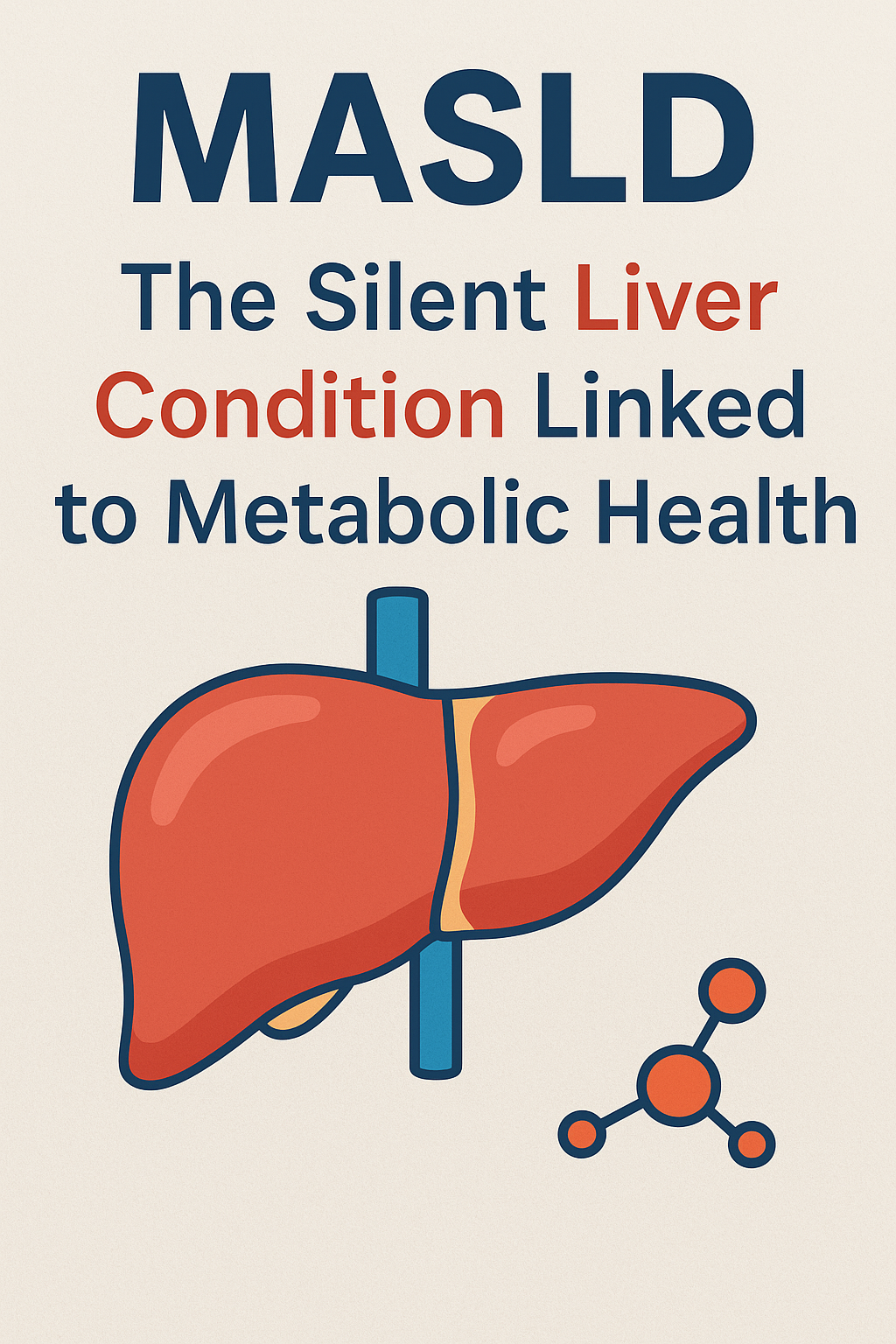Balancing a career, family life, and personal well-being is a tough task for any working mom. Among the many challenges faced, maintaining a healthy weight and losing fat often top the list. However, losing fat doesn’t have to mean going hungry, depriving yourself, or spending hours in the gym. With the right strategies, it’s entirely possible to shed excess fat while feeling satisfied and energized throughout the day.
In this blog post, we’ll explore practical, research-based approaches that working moms can incorporate into their busy lives to lose fat without the constant feeling of hunger. These strategies focus on a balanced approach to eating, efficient workouts, and healthy habits that align with a busy lifestyle.
Prioritize Nutrient-Dense Foods
One of the most common reasons people feel hungry while trying to lose weight is due to eating foods that are low in nutrients but high in calories, such as refined sugars and processed snacks. These foods provide little satiety, making it easy to overeat and constantly crave more.
Research-backed Tip: Focus on nutrient-dense foods like vegetables, fruits, lean proteins, whole grains, and healthy fats. These foods provide the necessary vitamins, minerals, and fiber that help keep you full and satisfied.
What to Include:
- Protein: Lean meats (chicken, turkey), fish, eggs, tofu, legumes, and Greek yogurt. Protein is especially important because it promotes muscle repair and helps reduce hunger by keeping you fuller for longer.
- Fiber: Whole grains (oats, quinoa, brown rice), vegetables (broccoli, spinach, cauliflower), fruits (apples, berries, pears), and legumes (beans, lentils). Fiber takes longer to digest, which keeps you feeling full.
- Healthy Fats: Avocados, olive oil, nuts, seeds, and fatty fish like salmon. These fats provide sustained energy without spiking your blood sugar, reducing hunger between meals.
Example Meal: A salad with leafy greens, grilled chicken, avocado, a sprinkle of nuts, and a light olive oil-based dressing.
Eat More Frequently, Smaller Meals
Many working moms may find it challenging to find time for three square meals a day, especially with busy schedules. The solution lies in eating smaller, more frequent meals throughout the day, which helps prevent overeating and keeps your metabolism active.
Research-backed Tip: Studies suggest that eating smaller meals more frequently (every 3-4 hours) can help control hunger and manage blood sugar levels. This prevents large fluctuations in hunger, which are often caused by long periods of not eating.
What to Do:
- Plan ahead by prepping snacks like cut veggies, hummus, boiled eggs, or a small portion of nuts.
- Opt for protein and fiber-rich snacks that keep you full without adding empty calories.
- Carry a healthy snack in your bag to avoid reaching for unhealthy options when hunger strikes.
Example: A snack of Greek yogurt with chia seeds or apple slices with almond butter.
Stay hydrated
Dehydration is often confused with hunger, leading to overeating or snacking when the body simply needs water. Staying hydrated is essential for fat loss and overall health.
Research-backed Tip: Drinking water regularly not only helps with digestion but also reduces unnecessary snacking. Studies have shown that drinking a glass of water before meals can reduce calorie intake, which aids in weight loss.
What to Do:
- Carry a water bottle with you throughout the day and sip regularly.
- Opt for herbal teas or infused water for variety.
Example: Before every meal, drink a glass of water to reduce hunger and enhance digestion.
Strength training
For busy working moms, exercise time can be limited, and many may resort to lengthy cardio sessions. However, incorporating strength training into your routine can be an effective and time-efficient way to lose fat and build lean muscle.
Research-backed Tip: Strength training (even short 20-30 minute sessions) can increase your metabolism and help you burn fat more efficiently, even at rest. Studies have shown that muscle mass is more metabolically active than fat tissue, meaning the more muscle you have, the more calories you burn, even while doing nothing.
What to Do:
- Include bodyweight exercises (e.g., squats, lunges, push-ups) or free weights (e.g., dumbbells, kettlebells) in your workout routine.
- Focus on full-body workouts that target multiple muscle groups to maximize calorie burn in a short amount of time.
Example: A 20-minute bodyweight workout that includes squats, lunges, push-ups, and planks. You can do this at home with minimal equipment.
Mindful Eating
Busy schedules often lead to mindless eating—whether it’s eating in front of the TV, grabbing food on the go, or snacking without paying attention. Mindful eating involves slowing down, paying attention to your hunger cues, and savoring your food.
Research-backed Tip: Research indicates that mindful eating can help you feel more satisfied with fewer calories, and it can prevent overeating. Being present while eating allows you to recognize when you’re full, which helps avoid unnecessary snacking and overeating.
What to Do:
- Set aside time for meals without distractions (like phones or TV).
- Focus on the flavors, textures, and sensations of your food, and chew slowly.
- Recognize when you feel satisfied rather than waiting until you’re full.
Example: Eating your meals slowly and paying attention to hunger cues to avoid overeating.
Sleep and Stress Management
Two often-overlooked factors in weight loss are sleep and stress. Both can significantly impact your ability to lose fat, as poor sleep and high-stress levels lead to hormonal imbalances that promote hunger and fat storage.
Research-backed Tip: Studies have found that inadequate sleep can disrupt hormones like leptin (the “satiety hormone”) and ghrelin (the “hunger hormone”), making you feel hungrier. Chronic stress increases cortisol levels, which is linked to abdominal fat storage.
What to Do:
- Aim for at least 7-8 hours of quality sleep each night. Try to maintain a consistent sleep schedule.
- Incorporate stress-relieving practices like deep breathing, yoga, or meditation into your routine.
Example: Take a 10-minute break during your workday to practice deep breathing, or wind down with a calming evening routine.
Use a Flexible Approach to Dieting
Working moms often feel overwhelmed by the pressure to follow strict diets, but rigid plans can lead to frustration and eventual binge eating. Instead, opt for a flexible dieting approach that fits your lifestyle and allows room for occasional indulgence without guilt.
Research-backed Tip: Flexible dieting, or “If It Fits Your Macros” (IIFYM), encourages eating foods you enjoy while focusing on overall nutritional balance. Research shows that this approach is more sustainable in the long term, helping individuals stay consistent with their goals.
What to Do:
- Track your macronutrients (proteins, carbs, fats) and aim to hit specific targets, but don’t restrict food groups or feel guilty about occasional treats.
- Allow for 10-20% of your calories to come from indulgent foods that fit into your plan.
Example: Enjoy a piece of chocolate or a slice of pizza occasionally, while staying on track with your overall healthy eating plan.
For working moms, losing fat doesn’t have to mean feeling hungry all the time. By focusing on nutrient-dense foods, eating regularly, staying hydrated, incorporating strength training, practicing mindful eating, and managing stress, you can effectively lose fat while feeling satisfied and energized.
Remember, the key to sustainable fat loss is not extreme dieting or hours of exercise, but consistency, balance, and making small, manageable changes that fit into your busy life. Be kind to yourself, and celebrate your progress—because your well-being is worth it!

Akanksha Sharma
Dr. Akanksha Sharma, Head Writer and creator of AtoZ of Pregnancy, is dedicated to empowering women, parents, and families through 360-degree knowledge. She and her team provide evidence-based advice to guide families through pregnancy, parenting and beyond.






